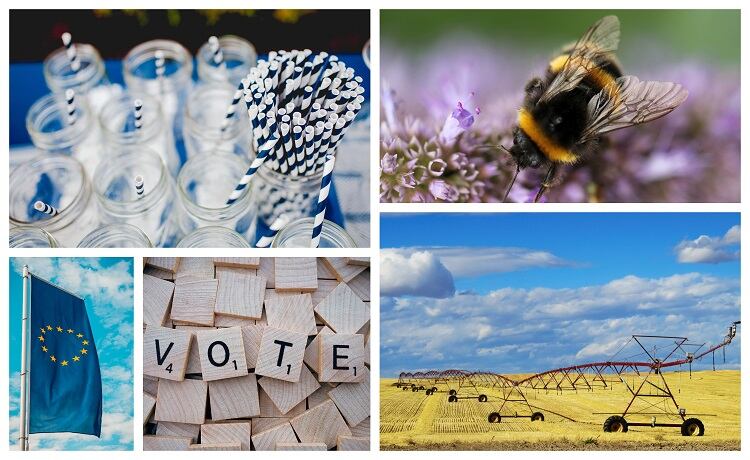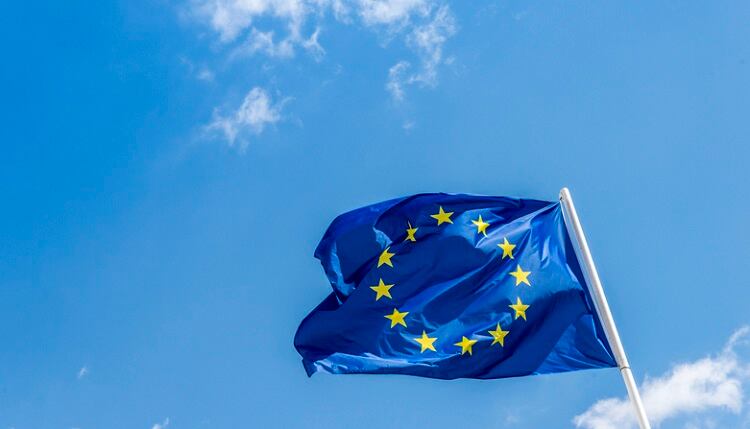‘Dual quality’ food refers to products marketed the same way front-of-pack, but which are ‘significantly different’ in composition or characteristics.
The issue made headlines when politicians from some central and eastern European countries, such as Hungary, the Czech Republic, and Slovakia, used compositional differences between so-called dual quality products to highlight inequality in standards between eastern and western Europe.
At the time, EC president Jean-Claude Junker pledged to “outlaw such practices”, tasking the EC’s science and knowledge service, the Joint Research Centre (JRC), with developing a methodology to frame the dimensions of the dual quality food problem.
“I will not accept that in some parts of Europe, people are sold food of lower quality than in other countries, despite the packaging and branding being identical. We must now equip national authorities with stronger powers to cut out any illegal practices wherever they exist,” said President Junker in his State of the Union address in September 2017.
At the Global Food Safety Initiative (GFSI) conference in Nice, France, JRC director Elke Anklam told delegates the EC is in the process of preparing its final report on the issue.
“Together with all stakeholders, the JRC has developed a harmonised testing protocol [for ‘dual quality food’ and] is currently finalising an EU-wide testing campaign,” Anklam said yesterday (26 February).
In developing the harmonised protocol, the JRC requested cooperation from all Member States, but according to Anklam, some chose to abstain. “Unfortunately, only 19 have helped us [with going] to the supermarkets, taking pictures, giving us the information [of] what is written on the labels.”
East, West, “it is everywhere”
The JRC, which is in the final phase of completing the report, has confirmed findings of “some issues” of products with similar or identical front-of-pack packaging on foods listing different compositions. “It’s not [the case] that we can just say there is no issue,” Anklam told delegates.
Notably, the issue does not concern all 28 Member States. “This is a problem for some Member States, not for every Member State, of course,” she continued, adding that contrary to publicised opinion, ‘dual quality’ is not an East-West issue.
“It is everywhere, and I think this gives a lot of reassurance,” she said. “With the results, we will show that…it’s not East-West anymore.”
‘Dual quality’ food blacklisted in EU
There are many reasons manufacturers may alter product composition according to region, some of which were discussed when MEPs voted in favour of an amended proposal blacklisting ‘dual quality’ food last month.
Per the amendment, companies marketing food products that are ‘significantly different’ – in composition or characteristics – could be fined up to €10m, or 4% of the trader’s annual turnover in the countries concerned, whichever is higher.
This means that even when a difference in recipe may be justified, for example to comply with consumer preferences or availability of local ingredients, this difference must be clearly communicated front-of-pack.
At the GFSI conference yesterday, Anklam said that understanding these reasons is essential to JRC’s work.
“There are many reasons. [Indeed], some of the Member States and some of the citizens [couldn’t] care less whether they have more [or less] fish in fish sticks. I think [a lot of it is] a taste issue.
“We have to understand the reasons, we have to communicate with [food makers],” she said.





